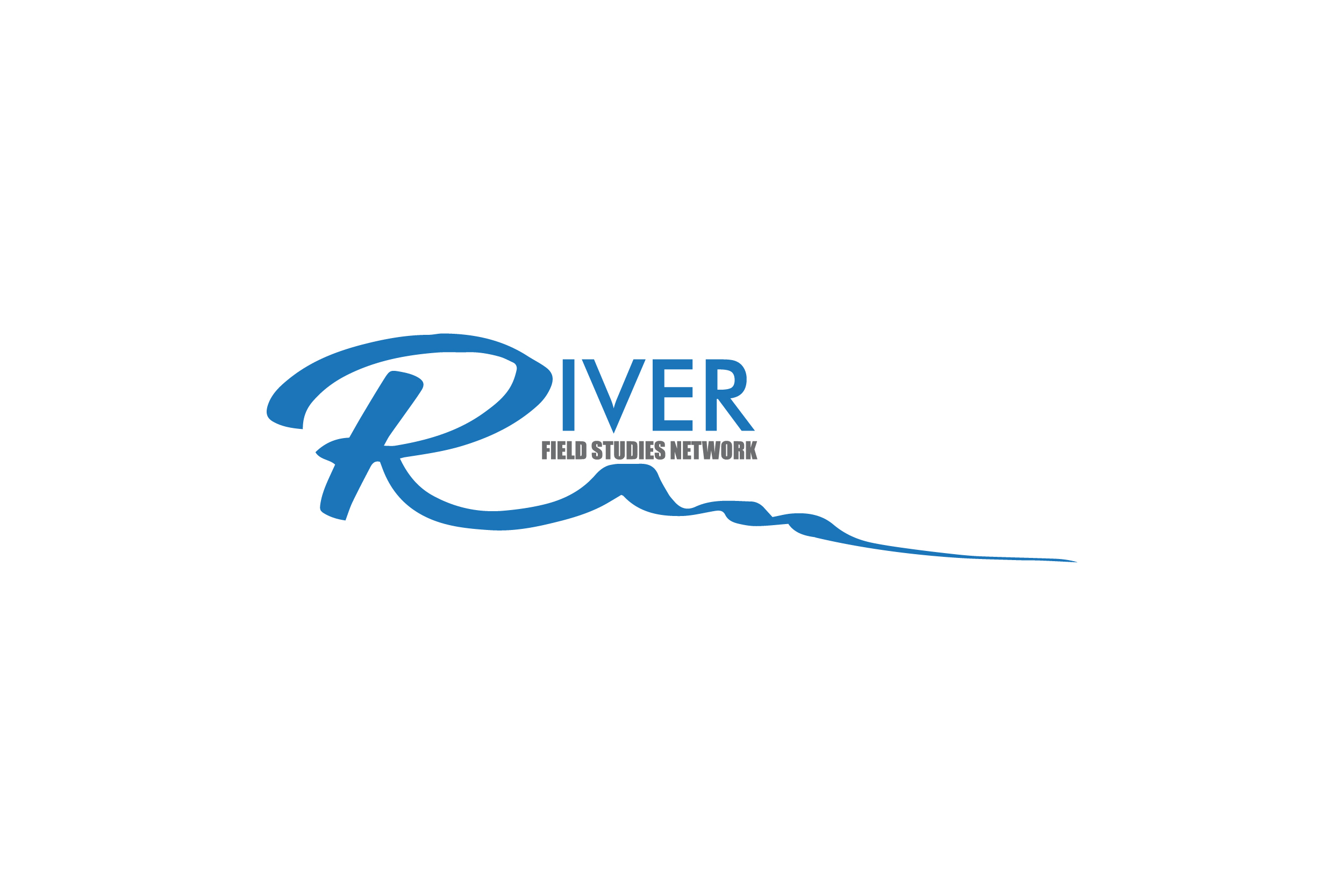Exploring Detritus-Based Food Webs in Streams
Author(s): Susan Washko1, Elizabeth Waring2
1. University of Arizona 2. Northeastern State University
721 total view(s), 278 download(s)
Summary:
This two-part field lesson for mid- to upper-level undergraduates connects allochthonous inputs to the invertebrate consumers that depend on them. After preparing students with background information such as the stream continuum concept, ‘brown’…
Contents:
LESSON PLAN_Exploring detritus-based food webs in streams.pdf(PDF | 123 KB)
WORKSHEET_Exploring detritus-based food webs.pdf(PDF | 137 KB)
DATA SHEET_Exploring detritus-based food webs(CSV | 319 B )
Example Data_ Exploring detritus-based food webs - Sheet1.pdf(PDF | 63 KB)
Example Worksheet_ Exploring detritus-based food webs.pdf(PDF | 2 MB)
- License terms
Description
This field lesson includes instructor notes (student safety, lesson context and engagement, equipment list, etc.) and the lesson plan (including foundational information for students, step-by-step field process, and assessment), a worksheet for students, a data sheet for students, and a completed example of the data sheet and worksheet. While this lesson is centered on the field activity and limits focus on data analysis, the authors include a list of other resources where data analysis is a central component of the lesson.
Cite this work
Researchers should cite this work as follows:
- Washko, S., Waring, E. (2022). Exploring Detritus-Based Food Webs in Streams. River Field Studies Network, QUBES Educational Resources. doi:10.25334/XG53-EK16
